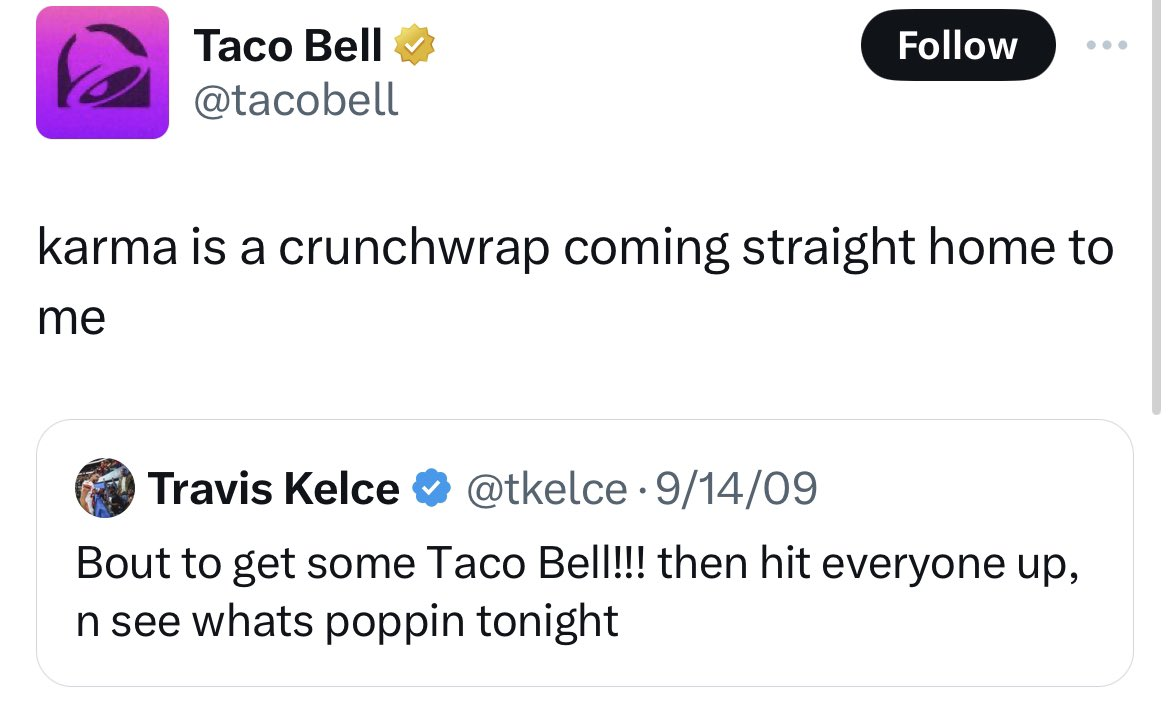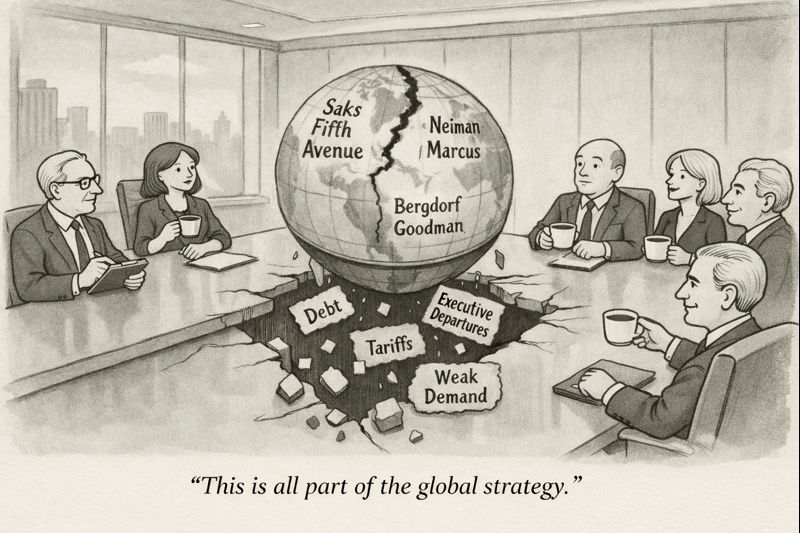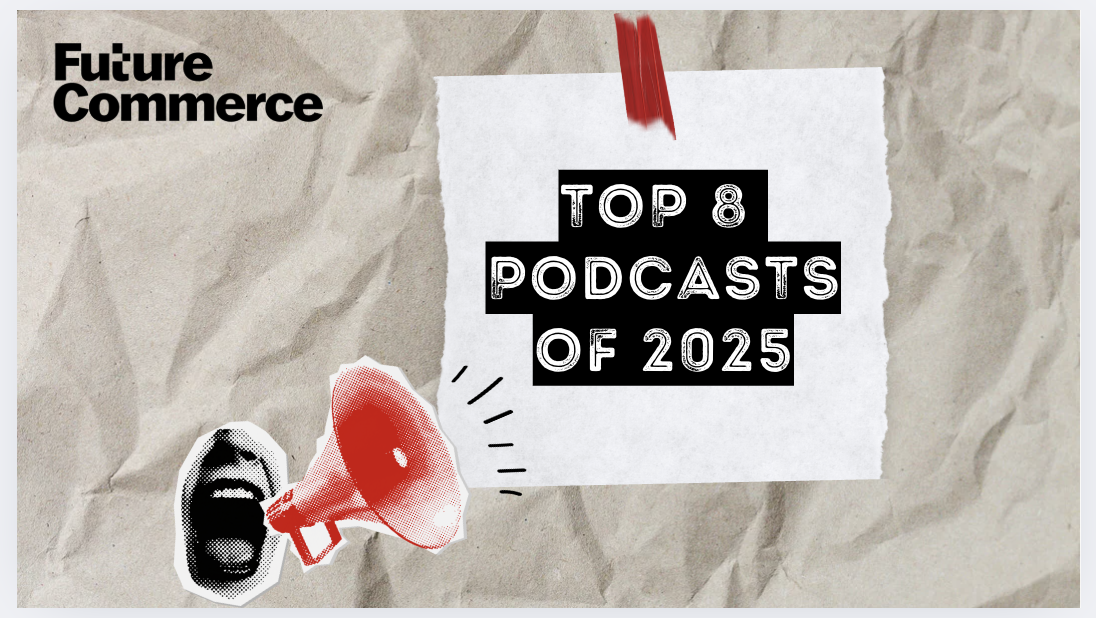
Smack My Glitch Up: Shopify Outages and the Cognitive Biases Who Love Them

Welcome to Friday.
Are you a futurist? Make it official by joining Future Commerce Plus, your gateway to exclusive insights, ad-free episodes of the pod, and discounts on Merch+Print like our brand new Muses Journal, which will kick off pre-orders on December 11.
Save the date (and a little money) by joining the Membership.

The biggest news this week in culture and commerce might have been Shopify’s multi-hour outage, GenZ praising Osama Bin Laden on TikTok… or perhaps Amazon’s ad partnership with Meta and Snap. All significantly impact how we buy, what we buy, and where we buy it.
That is until news broke that Sam Altman was ousted from OpenAI just hours ago. So, there, I made mention of it. Can we move on? Cool.
Outages aren’t uncommon on the web; in fact, they’re a rite of passage. If you’re as old as I am, you’ll remember that “five-nine’s” of uptime was the gold standard in the infra business. Back when we used to colocate servers, “five nines” meant 99.999% uptime; or just 6 minutes of planned outage per year, per a typical SLA (service level agreement).
That’s a lot of uptime. In those days, when sites went down due to infra, you could take it back to the hosting company, and you could seek a credit.
But not anymore. And that’s a shame because an outage has never had more of a meaningful impact on a brand than it does today, because site downtime doesn’t just equate to missed revenue opportunity, it equates to nullified ad campaign spend on Google, Meta, and TikTok. Those demand engines power most of eCommerce today, when there are more people than ever to reach, in fewer and fewer channels that capture attention, and deliver demand.
It’s not that we don’t expect downtime in eCommerce. It’s that we’ve never had less recourse than we do now. Because so much of eCom depends on third parties who lack customer account management or any real human to speak to — and because outages affect millions of users at once — there’s really nothing you can do. Shopify’s not alone. Last year, marketing giant Klaviyo suffered a Black Friday outage that left many wringing their hands.
This is why the CTO role has been so reticent to give business to Shopify and other multitenant SaaS over the years. In psychology, autonomy — the freedom to make your own decisions — is considered a fundamental human need. When CTOs have the freedom to make choices and have control over their vendors and actions, they are more likely to experience happiness and fulfillment in their work. Self-Determination Theory and The Illusion of Control, formalized cognitive biases, make us rely on a form of risk aversion that results in playing eCom on legendary mode. It’s objectively harder to run and manage your own eCom infrastructure, but many continue to choose that path.
Meta and TikTok aren’t going to refund you when your site is down. And neither will Shopify. After the lights started coming back on in Ottawa, Shopify Support took to Twitter to give the Heisman to folks seeking refunds or credits. (Aside: I just made up a new term for support that uses the word “terms of service” in their responses: salad TOSsing. It’s not very good, I’ll keep working on it.)
The more mature eCom gets, the fewer decisions you have to make. The freak-o-system has chosen the winners, with all its accompanying benefits and drawbacks. For those unable to control their tech stack, and with fewer and fewer choices on hand, we can merely complain into the ether.
As tech concentrates on few market leaders, we put all of our eCom eggs into scant few baskets; which means it’s just a matter of time before we experience this again.
— Phillip
P.S.“The Nipple Shirt Heard ‘Round the World” is how we kicked this week’s episode of the podcast into high gear. It’s an especially juicy episode, chock full o’ conspiracy theories and overheard controversies. Check it out wherever you get podcasts: Apple Podcasts or Spotify.


Do You Want Me To Fear Your Robots? Meet the ultra-efficient, uber-creepy death machine robotic companion, the Figure AI robot. The humanoid robots are here, and they’re scary as hell. C’mon guys, step one of inventing killer robots: don’t make them look like killer robots.
The Diaper Guy Buys Blue Apron. This under-reported story from October made the rounds this week due to a post by consumer investor @lifeofbi. Once-and-future Billionaire Diaper King Marc Lore agreed to buy the troubled meal delivery service Blue Apron for $100M. This adds to his roster of other failed experiments, like Jet.com, his DTC acquisition spree at Walmart, and the smart city that never happened.



Taco Bell’s Thirsty and it Ain’t For Baja Blast. I’m surely not alone in a desperate “Run for the Border” post-Chalupa toilet visit. Taco Bell’s running it back, too; through Travis Kelce’s old tweets. Brands like Taco Bell, Olive Garden, and GoFundMe are searching through TaySway’s beau’s old social media posts and quote-tweeting them for unpaid, and unsanctioned, brand engagements.

UFO, UAP…. CPG?? The Air Force’s UFO-hunting unit, Project Blue Book, pieced together in the 1950’s that the UFOs responsible for interactions with was actually a secret research balloon under development by a defense contractor — the cereal manufacturer General Mills.











.svg)
